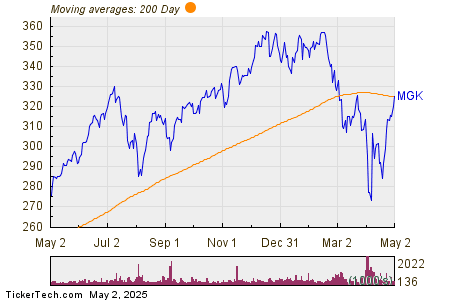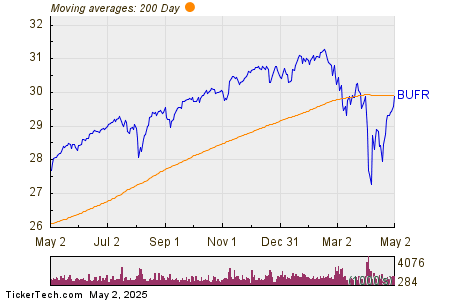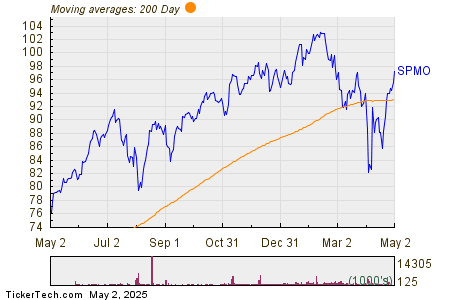Tesla’s 2025 Outlook: Challenges Loom Amidst Slipping Sales
Investor focus is sharply on Tesla (NASDAQ: TSLA), especially after the company’s disappointing first-quarter results. Gene Munster, a longtime Tesla supporter from Deepwater Asset Management, characterized 2025 as “a throwaway year” for the electric vehicle maker.
Here’s an analysis of why this statement may hold true and whether Tesla is making adequate steps for recovery in 2026.
Assessing 2025: A Difficult Year Ahead
While it’s early in the year, signs suggest that 2025 may not yield significant results for Tesla. A review of Tesla’s first-quarter performance reveals some concerning statistics:
- Automotive sales fell 20% from the prior year to approximately $14 billion.
- Net income plummeted 71% to $409 million.
- Total revenue decreased 9% to $19.3 billion.
- Adjusted earnings per share (EPS) reached $0.27, significantly lower than Wall Street’s predicted $0.39.
Tesla attributed some of the sales decline to changes made at four of its facilities in preparation for an updated Model Y, resulting in several weeks of lost production. Additionally, the company noted decreasing average vehicle selling prices (ASPs) and fewer incentives as contributing factors.
Trade challenges, specifically tariffs, are also causing instability within Tesla’s operations. The company highlighted in its quarterly earnings presentation, “It is difficult to measure the impacts of shifting global trade policy on the automotive and energy supply chains, our cost structure, and demand for durable goods and related services.”
Such volatility comes amidst broader challenges facing the automotive market, particularly as it grapples with the implications of tariffs from the Trump administration. For instance, tariffs affecting EV batteries might inflate costs for electric vehicle manufacturers by up to $8 billion. If semiconductor tariffs are imposed, EV prices could further escalate.
Compounding these issues, economists are increasingly projecting a recession within the next year. A recent Wall Street Journal survey raised the probability of a recession to 45%, up from around 20% at the year’s start. An economic downturn would undoubtedly strain Tesla’s vehicle sales capacity.
Looking Ahead: Possible Improvements in 2026
Despite the predicted struggles in 2025, there are some potential avenues for improvement in 2026, though skepticism remains. Firstly, CEO Elon Musk has indicated he will reduce his commitments to heading the Department of Government Efficiency (DOGE), allowing more focus on Tesla. He mentioned, “…I think starting probably next month, May, my time allocation to DOGE will drop significantly.” Musk will still dedicate one or two days per week to DOGE.
While some investors welcomed this shift, the potential negative impact on Tesla’s brand due to Musk’s DOGE commitments may linger. A recent survey showed that 47% of Americans harbor a negative perception of Tesla, as opposed to only 10% for General Motors.
Brand reputation can be restored, yet if Musk maintains his DOGE role throughout Trump’s term, Tesla could continue to face brand challenges.
Another promising factor could be the anticipated launch of a more affordable vehicle version of the Model Y, expected to cost under $30,000. Production is projected to begin in June.
The current average transaction price for a new EV in the U.S. is approximately $52,200, so introducing a lower-priced model may help attract cost-conscious consumers.
Nevertheless, Tesla faces significant hurdles. Trade uncertainties from tariffs, brand challenges stemming from Musk, and growing recession fears all present obstacles. Investors will need to closely monitor these factors to assess the company’s performance moving forward. With numerous uncertainties, a recovery by 2026 might be overly optimistic.
The views and opinions expressed herein are the views and opinions of the author and do not necessarily reflect those of Nasdaq, Inc.



